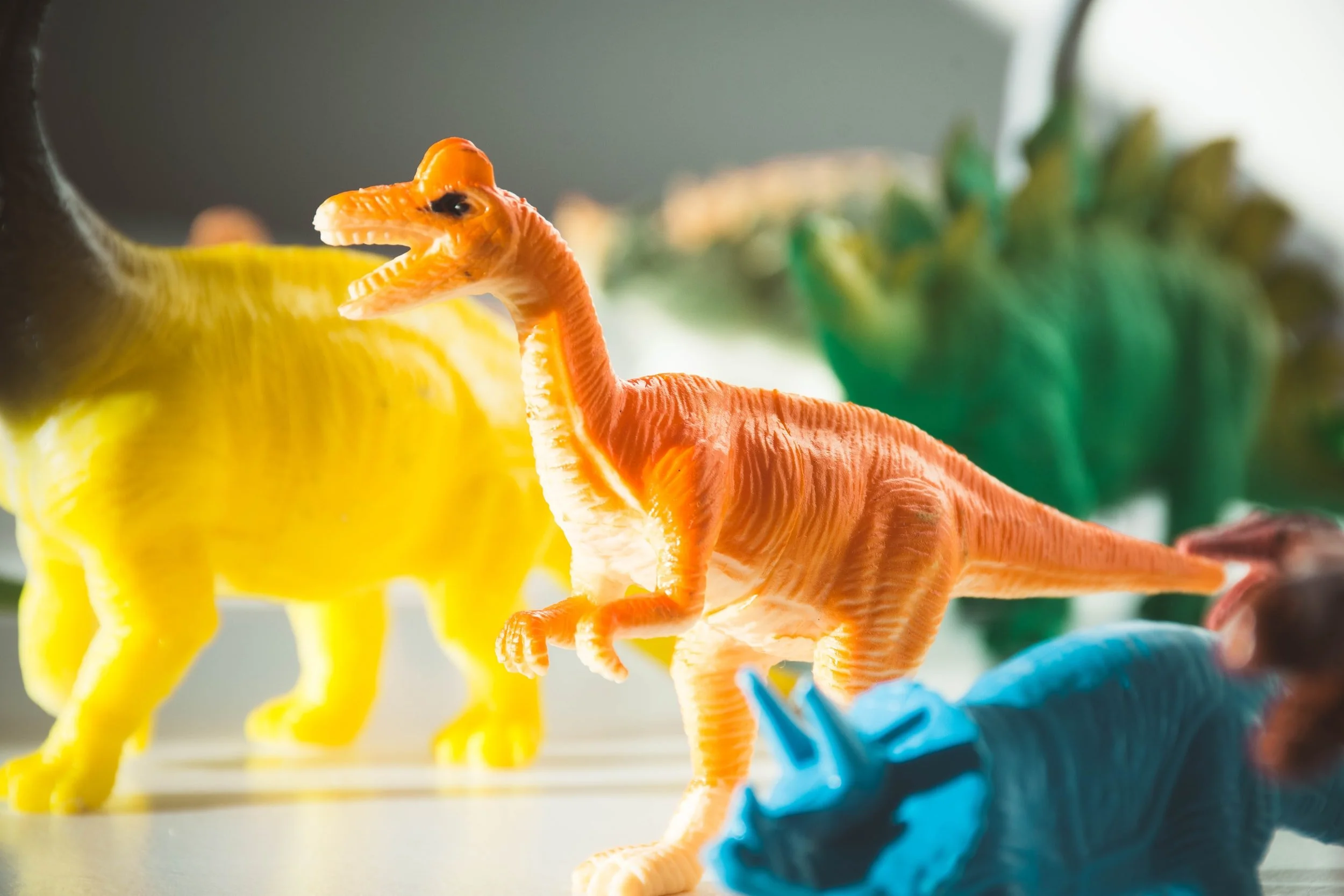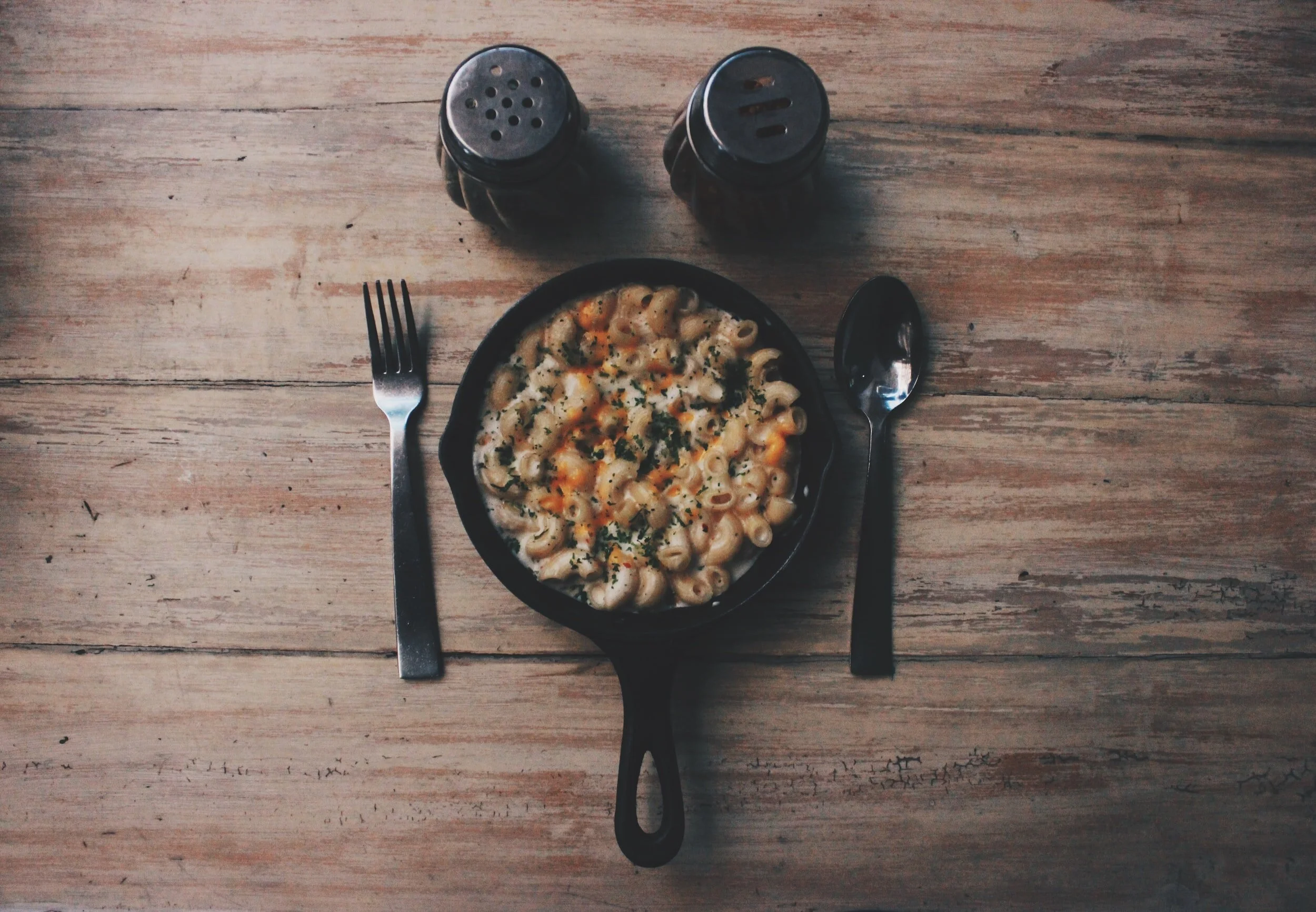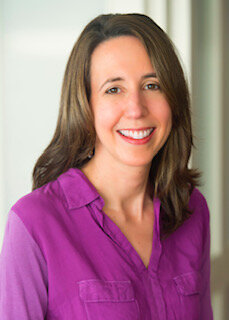The Royalty of Brooklyn
Grandma Helen was my fancy grandmother. Born in 1909, she was the firstborn child of Julius and Mary Nelson’s five children. Her tall, blue-eyed father liked to tell her that her birth brought him luck. After Grandma arrived, Julius went from selling newspapers on the Lower East Side to learning the trade in his wife’s family’s coat business. A quick study, he started his own successful women’s coat business using the profits to invest in real estate. Eventually, in 1931, Julius developed one of Manhattan’s first skyscrapers, a forty-six story art deco tower designed by architect H. Craig Severance. At the time, it was the tallest building in the garment district. Among the Nelson clan, Julius was heroic. And Helen was his good luck charm who even advised her daddy to name the skyscraper Nelson Tower. That was the story I was told.
Grandma loved to tell my older sister and I tales from the past, although often, key details went missing. When I was four years old, she told us the story of how she and her younger sisters and brothers hung stockings at Christmas. I was just learning about different religions and yearned for twinkling Christmas lights like the ones on our next door neighbor’s enormous pine tree. When I asked Grandma, wasn’t she Jewish, she threw her head back and laughed, puffs of teased, silver hair not budging. My question hung in the air like the Nelson kids’ five little red stockings I imagined awaiting candy and toys. I laughed, too. Of course she was Jewish. She and my late grandfather, Meyer Berger who went by Mickey, used to squeeze our cheeks and exclaim in Yiddish about us shayna maidelas. She just hung stockings, that’s all.
The Brooklyn apartment in the same Midwood neighborhood where she grew up, was a subtle shrine to her father’s legacy and the Nelson family’s past glory. Unlike most women of her generation, Grandma never fully relinquished her maiden name. It became her middle name. The sterling silver utensils we used for dinner were engraved with her initials, HNB. The mahogany box where the silver was stored under lock and key sported a brass plaque with Helen Nelson 1930 engraved on it, although she was already married to my grandfather. The intricate lace napkins that matched enormous lace tablecloths—part of her trousseau—had the letters HNB hand-embroidered on each.
While my mother was a traditional 1970s mom who stayed home and cooked us dinners like baked chicken and string beans, Grandma planned three course menus, which her uniformed housekeeper prepared. Grandma never learned to cook and, as a young mother, once famously blackened a dinner of tomatoes and rice she had attempted to make for my father and Mickey. A common first course was chilled iceberg lettuce and LeSeur asparagus with tangy French dressing poured from a silver saucer. The second course typically was broiled lamb chops with mint jelly, puffy Parker House rolls and butter, with mashed potatoes on the side. For dessert, which I always saved room for, Grandma had Schraft’s vanilla ice cream in crystal bowls with glossy Bosco chocolate syrup drizzled on top. It was not just dinner. It was a party. Grandma enjoyed a few cigarettes on her terrace after the delicious meal.
While my father described his mother as loving but more like a self-centered, nervous, older sister, Grandma showed my sister and I unconditional love. She sang my childhood nickname from across the dining room table, “Susie, Susie, Susie,” prolonging the first syllable on the third Susie. She gave me a gold, heart-shaped locket from Tiffany, engraved with my name on one side and my birth date on the other. The pendant hung on a slick gold chain that reached my belly button. When pried open with a fingernail, the inside revealed two impossibly tiny round frames backed with satin, perhaps for my future boyfriend or spouse. It was the fanciest gift I had ever received. When I wore it, I was transformed into an elegant lady like Grandma. Like HNB, my name was important.
We asked Grandma about using Nelson as her middle name and whether she ever had a middle name of her own. Another story followed. She said she had no middle name and saw the name, “Sonora,” perhaps in a book. Sonora is a Mexican state with mountains, a desert of diverse plant life, so Grandma might have been looking at an atlas. She said she was graduating from elementary school and did not want to have her name announced with no middle name, so she wrote down Sonora when they asked for her full name. Helen Sonora Nelson. Grandma’s mother, Mary, nearly fainted when she heard the name announced at the graduation and was furious at her. Grandma threw her head back and laughed her cigarette tinged laugh. My sister and I laughed, too. Grandma and her mother were not close growing up. My grandmother was Julius’ favorite, possibly getting more attention from him than Mary. Formal portraits of my grandmother show movie star looks, wavy, dark brown hair in a flapper cut as a young woman. She had light blue eyes, porcelain skin, and a wide smile. Mary was plump with a round face and the gentle, tired eyes of a mother running a household of five children plus a few dogs.
About two decades after my grandmother’s death, I learned that she had left key details out of the story of her name. Finding her marriage license, it revealed that her legal name was not even Helen. Julius and Mary named their first baby girl Ida Sarah. She had a different first name and her own middle name, after all. I wondered why Grandma left those details out. My father confirmed that she changed both names when she graduated from elementary school because she didn’t think her name should be Ida Sarah. One of her mother’s friends was named Ida Post and maybe Grandma didn’t like her. My other grandmother also changed her name from Goldie to Grace when she found out her new brother-in-law owned a horse named Goldie.
I was curious about the name Ida which, rightfully, didn’t fit my glamorous Grandma. The meaning of “Ida” is labor or work, while “Helen,” aside from coming from Greek mythology’s Helen of Troy, the daughter of Zeus (and her father, Julius, was god-like to her), means “shining light.” While Ida Sarah could have been a character in “Fiddler on the Roof,” Helen Sonora Nelson more likely would have been a starlet of ambiguous origins listed in the playbill. My grandmother barely labored a day in her life, aside from planning menus and a brief stint as my doctor grandfather’s receptionist. But she loved to be admired. So “shining light” won the day and Ida Sarah became a buried secret.
Changing names was a bit of a tradition in the Nelson family and most immigrant families at the turn of the 19th century. Grandma told us that Julius’ original last name was Katznelson. The family lore was that they “threw the cats (Katz) overboard” on the journey from the old country. She never mentioned what his real first name was and might not have even known. When I researched it over a century after Julius emigrated in 1904 from Kapula, Russia, via Rotterdam, at nineteen, (though he listed his age as seventeen), with seven dollars in his wallet and an address for a friend in Boston, I discovered his real name was Jankel Katzenellenson. His younger brother Herman’s original name was Chaim and later changed from Herman to just the letter H.
Jankel/Julius personified the Horatio Alger immigrant’s story of “rags to riches.” Grandma described him as generous and the few testimonials to his life confirm that. He and Mary provided passage for many relatives still in Russia to the United States, helping them get housing and jobs, often in Julius’ coat company. They also gave tzedakkah, or charity, to organizations in their Brooklyn community, helping found a synagogue, a hospital, and a kindergarten and nursery for orphans. The family lived mostly a charmed life in Brooklyn. Though the house was fairly modest, it contained all of them plus servants, including a live in chauffeur and cook. The Nelsons travelled, the children went to sleepaway camps, and Grandma and her sisters were chauffeured to a private girls school on Riverside Drive in Manhattan. Grandma attended a junior college in Virginia where she learned shorthand and horse riding. Grandma’s wedding to my grandfather Mickey, an ear, nose, and throat doctor and son of an immigrant tailor was at the Ritz Carlton Hotel.
It must have been difficult for my grandmother to figure out her identity in a house run by such a larger-than-life patriarch and, possibly, a jealous mother. Although Grandma regaled us with stories about suitors who wanted to marry the pretty daughter of a successful businessman, she also said she was “always in the mirror,” and never satisfied with the reflection who gazed back at her. Perhaps, like Julius, she needed to create a new person, Helen Sonora, for Ida Sarah to assimilate into American society and feel comfortable in her own skin.
Although she was gregarious, loved to laugh, ate delicious food at home and at restaurants, smoked her cigarettes, got her hair done weekly, and shopped at Bonwit Teller and Saks Fifth Avenue, Grandma was also an extremely anxious person. Take on some of the superstitions of Judaism, she was terrified of someone giving her a “bad eye.” She wore a gold Hamsa around her neck as a talisman in her seventies and eighties. She was a fearful back seat driver who never drove herself. When I slept over at her house as a teenager, she would knock on the door while I showered, perhaps worrying I had slipped and drowned. She was terrified of candles and large dogs. A favorite expression of hers was, “Don’t worry, you’ll get a wrinkle.” But as she aged, her face was etched with a map of worries.
When I learned what she left out of Julius’ life story, I understood more of who my grandmother was. Like many so-called “rags to riches” stories, there is often a tumble back to rags, or nearly rags. Julius invested ten million dollars to build Nelson Tower near the beginning of the Great Depression, financing some portion with loans. At some point, the bank foreclosed on one mortgage of nearly two million dollars and a lien was placed for two and a half million dollars. Julius lost the building to the banks as well as much of the family fortune. By 1934, the building sold to Samuel Kaufman, another developer in the “Penn Zone,” the neighborhood near Penn Station, for less than half of what Julius paid.
A year later, when he was fifty years old, Julius was driving himself, despite still employing a chauffeur. He swerved and crashed into a pillar of an elevated highway in Manhattan at 11thAvenue and 14thStreet, instantly killing himself and gravely injuring a twenty-one year-old female passenger, who, it was rumored, might have been one of the models from his coat company. The story of his accident, also mentioning the woman in the car, was in The New York Times and local papers like The Brooklyn Eagle. Mary Nelson grieved, locking herself in her darkened bedroom for six months. My grandparents and father, who was just four years old, moved into the attic apartment of the house to help care for her.
Grandma loved to tell stories about the past to my sister and I as long as she could control the narrative. In her story, she came from “royalty” of Brooklyn, even if that sounds like an oxymoron. Her father could remain in her memory, and our collective memory, as a heroic, strong, hard-driving man who provided for his family. He accomplished incredible success in business. He was kind and philanthropic. Jankel Katzenellenson and Ida Sarah Nelson were reinvented as Julius Nelson and Helen Sonora Nelson. No one needed to know about their former selves. Her biggest fears were not burning candles and riding in cars, but that we might learn about her father’s struggles, shame, mistakes, and her own insecurities. My dear Grandma Helen, who was generous, loving and kind, as well as vain, stubborn, and exasperating, might be surprised to learn that I am grateful to know the whole story.
-Susan Berger Ellman
Susan Berger Ellman is a fiction and memoir writer whose essays have appeared in Ducts and Huffington Post. She lives in New York City with her husband, two kids, and Tessie, a beloved black cat who knows nothing about the story behind the Katznelson name change. She would be horrified.























